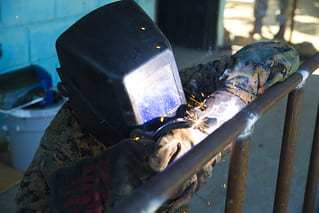8-2 Genius Hour or 20% Time
Genius Hour or 20% Time is a strategy for teachers to use in the classroom to allow students to explore their unique passions and interests. Teachers aim to set aside a set amount of non-structured time to allow for creativity and student choice, usually resulting in a final product or project.
There are many benefits to incorporating Genius Hour or 20% Time into your classroom. When implemented at Google, results showed that employees were more productive. Genius Hour allows for students to delve deeper into a subject that interests them which makes them more engaged and empowered learners. When students know that they are going to have to present and share their progress with their peers, it creates pressure to go the extra mile. Many teachers grade the process, and not necessarily the final product. This is in stark contrast to how students are typically graded, and students usually find this to be a relief. It is a great way for teachers and students to differentiate. Since not everyone is tasked with the same exact assignment, students and teachers can change up how information is being learned and presented. Students tend to learn better when doing something hands on, as opposed to just listening to a lecture. The project-based aspect of this idea encourages mastery and lifelong learning. This model also is more reflective of what their future workplace tasks will look like, giving them experience and practice for what is to come.
There are a few potential hurdles that are associated with the Genius Hour concept. The first is how you will grade the project or process. Luckily, the website LiveBinders provides a number of rubrics that can be used: https://www.livebinders.com/play/play?id=829279. Most teachers decide to grade the process, as opposed to the final product.
Another obstacle is getting faculty and parents onboard with the idea. You can address this by sending letters home, inviting them into your classroom, posting updates on your blog, and inviting them to the student presentations.
You will also have a few students who just don’t feel like doing this type of project, and don’t take advantage of the set aside time. The key to help get them involved and interested is to speak with them personally about their desires, and link it to the project. You can do this by talking to them about their lives, and try to uncover their true passions (which maybe they didn’t even know they had!).
